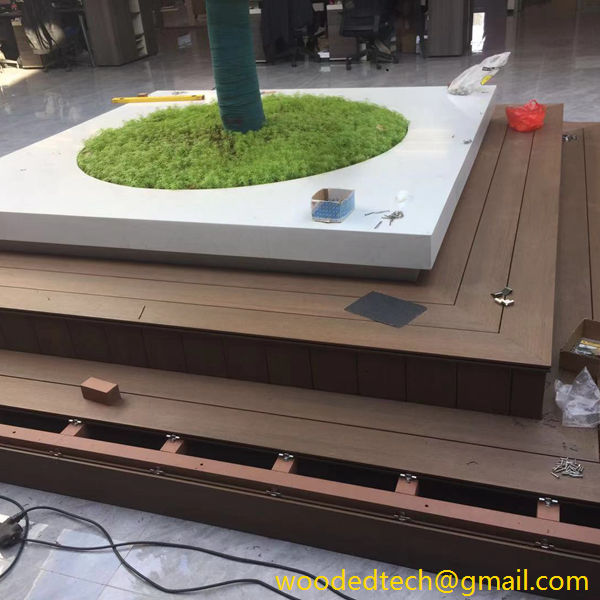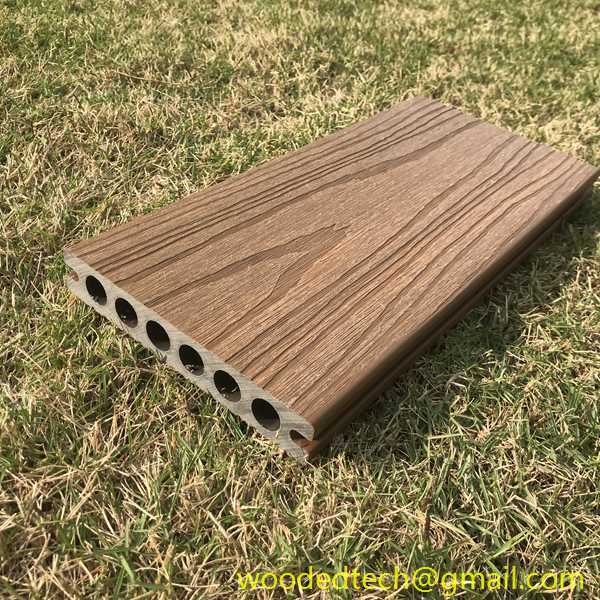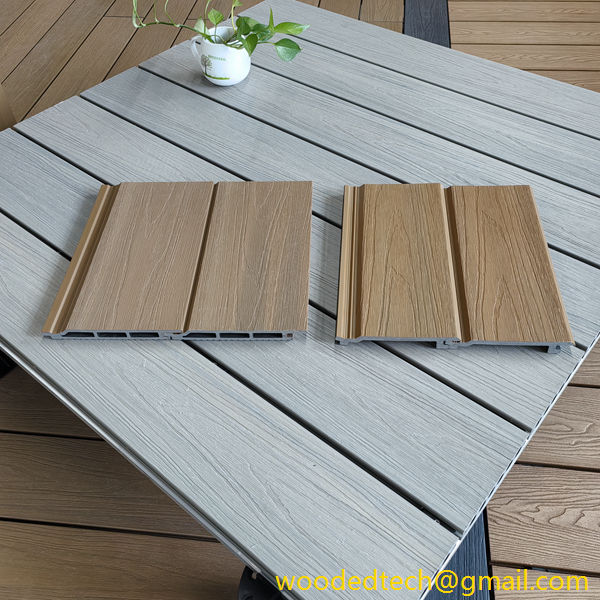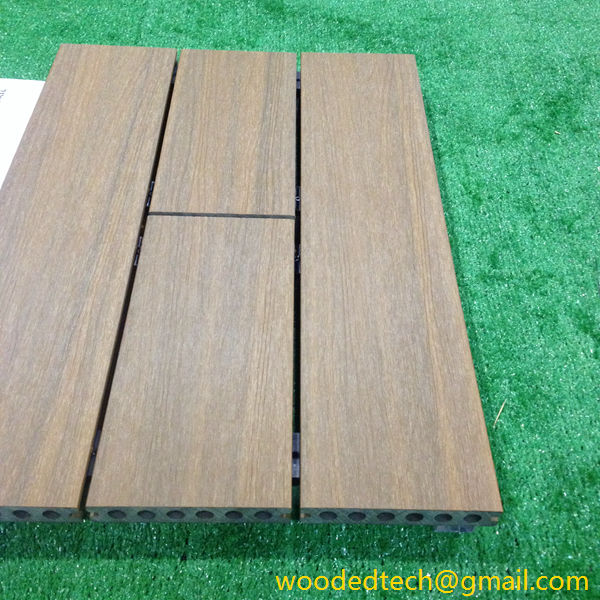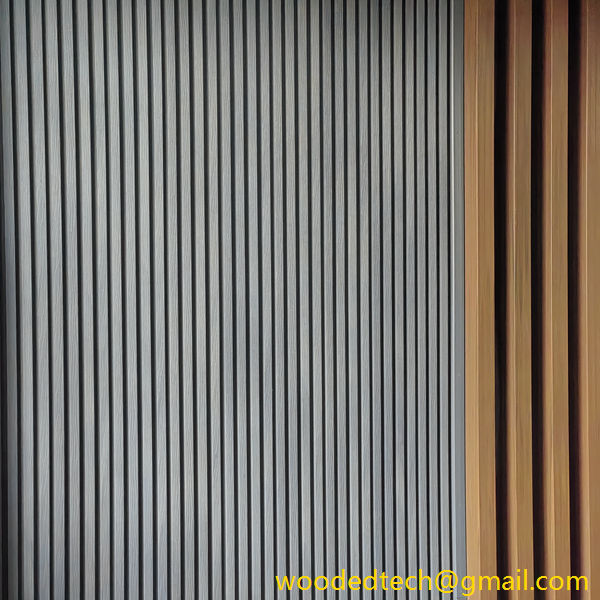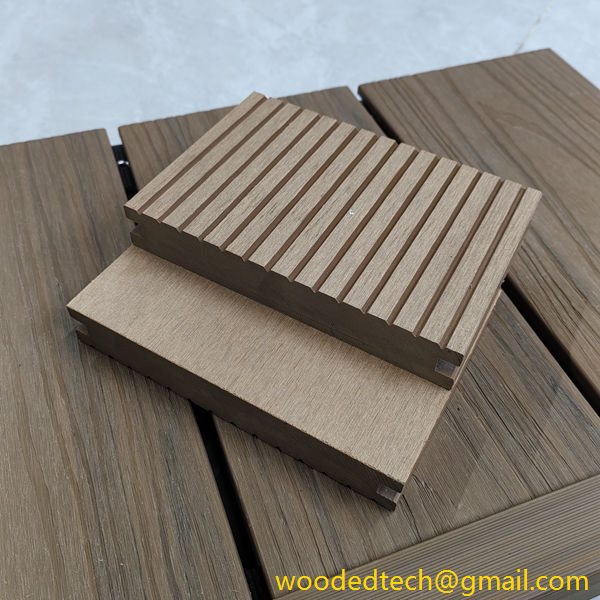WPC Panel Full Form for Clarity
WPC stands for Wood Plastic Composite, which is a material that combines wood fibers or wood flour with thermoplastics. This unique blend offers the aesthetic appeal of natural wood while providing the durability and low maintenance benefits of plastic. WPC panels are increasingly popular in construction and interior design due to their versatility, sustainability, and resistance to various environmental factors. Understanding the installation and maintenance of WPC panels is crucial for ensuring their longevity and performance.
When it comes to the installation of WPC panels, several steps need to be followed for optimal results. First, it is essential to prepare the surface where the panels will be installed. The area should be clean, dry, and level to ensure that the panels adhere properly. Any debris, dust, or moisture can interfere with the installation process and lead to future complications. It is advisable to conduct a thorough inspection of the area before beginning the installation.
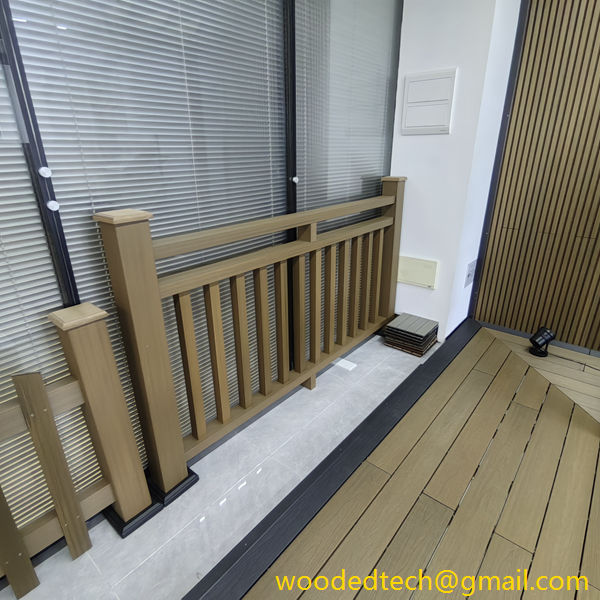
Next, it is important to select the right type of WPC panel for the specific application. WPC panels come in various sizes, colors, and finishes, and choosing the appropriate one can enhance the overall aesthetic of the project. Additionally, considering the manufacturer’s recommendations regarding the panel thickness and design will contribute to a successful installation. It is also important to factor in the climate and environmental conditions, as these can influence the performance of the panels.
Once the right panels have been selected, the installation process can begin. WPC panels are typically installed using screws, clips, or adhesive, depending on the design and intended use. For wall applications, it is common to use screws or clips that allow for easy attachment and removal. For flooring applications, interlocking systems or adhesive methods may be preferred to create a seamless appearance. It is crucial to follow the manufacturer’s guidelines regarding spacing and alignment to ensure that the panels fit together correctly and maintain a uniform look.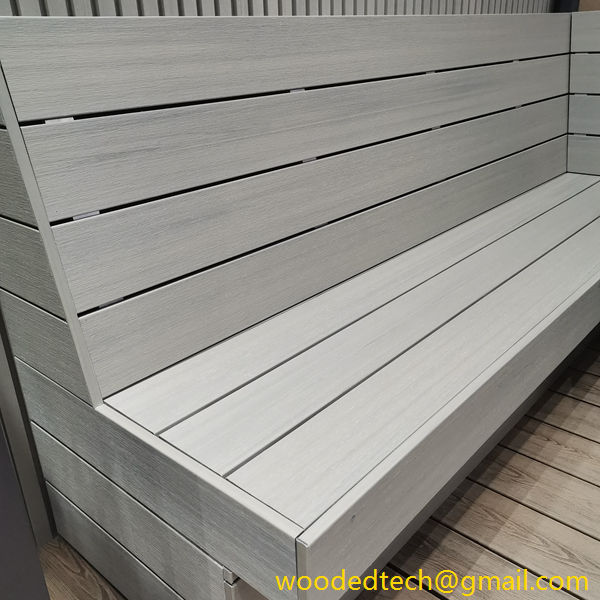
After the panels are installed, proper maintenance is necessary to prolong their lifespan. One of the key benefits of WPC panels is their low maintenance requirements compared to traditional wood materials. However, regular cleaning is still essential to prevent the buildup of dirt, debris, and moisture, which can lead to mold or mildew growth. A mild detergent mixed with water is usually sufficient for cleaning WPC panels. It is advisable to use a soft cloth or sponge to avoid scratching the surface. For stubborn stains, a gentle scrubbing with a soft brush may be necessary.
Another important aspect of maintaining WPC panels is monitoring for any signs of damage or wear. While WPC materials are designed to be resistant to rot, insects, and fading, they are not entirely immune to damage. Regular inspections can help identify any issues early on, allowing for prompt repairs. If any panels become loose or damaged, they should be replaced immediately to ensure the integrity of the installation. Replacing panels is typically straightforward, especially if the installation method allows for easy removal.
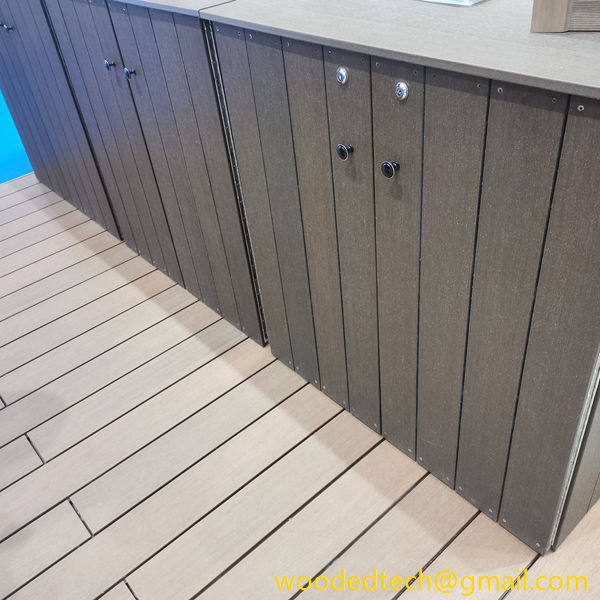
In addition to cleaning and inspections, it is important to protect WPC panels from extreme environmental conditions. Although WPC is designed to withstand moisture and heat, prolonged exposure to direct sunlight can lead to fading over time. Using protective coatings or sealants can help maintain the color and finish of the panels. Similarly, in areas that experience heavy rainfall or flooding, ensuring proper drainage and ventilation will help prevent water damage and prolong the life of the panels.
For those who are considering using WPC panels for their projects, it is essential to conduct thorough research on the materials and installation techniques. Consulting with professionals who specialize in WPC installation can provide valuable insights and ensure that the panels are installed correctly. Additionally, understanding the maintenance requirements will help homeowners and builders make informed decisions about their care and upkeep.
In summary, WPC stands for Wood Plastic Composite, a material that combines the beauty of wood with the resilience of plastic. Proper installation and maintenance are key factors in maximizing the benefits of WPC panels. By preparing the installation area, selecting the right panels, and following best practices for cleaning and maintenance, users can enjoy the long-lasting advantages of this innovative material. With the right care, WPC panels can provide an attractive and durable solution for various applications in both residential and commercial settings.

